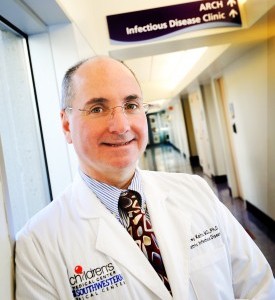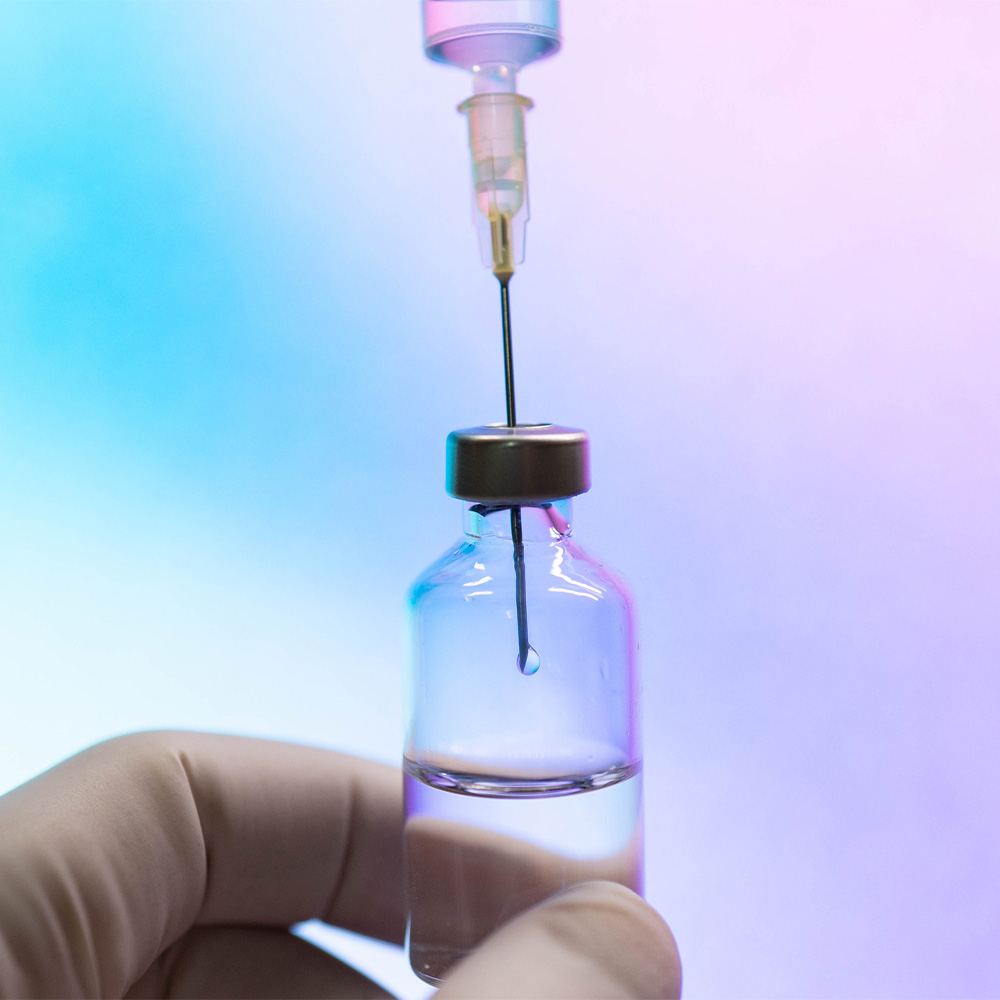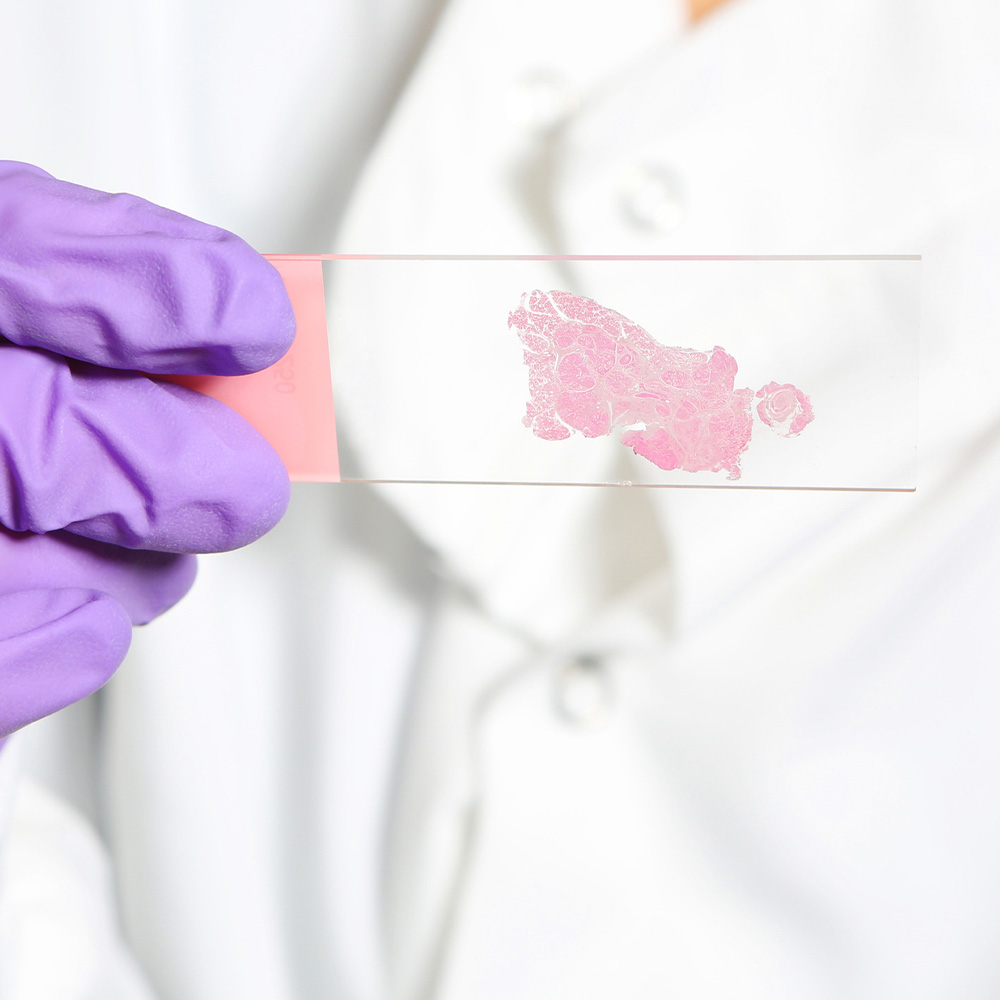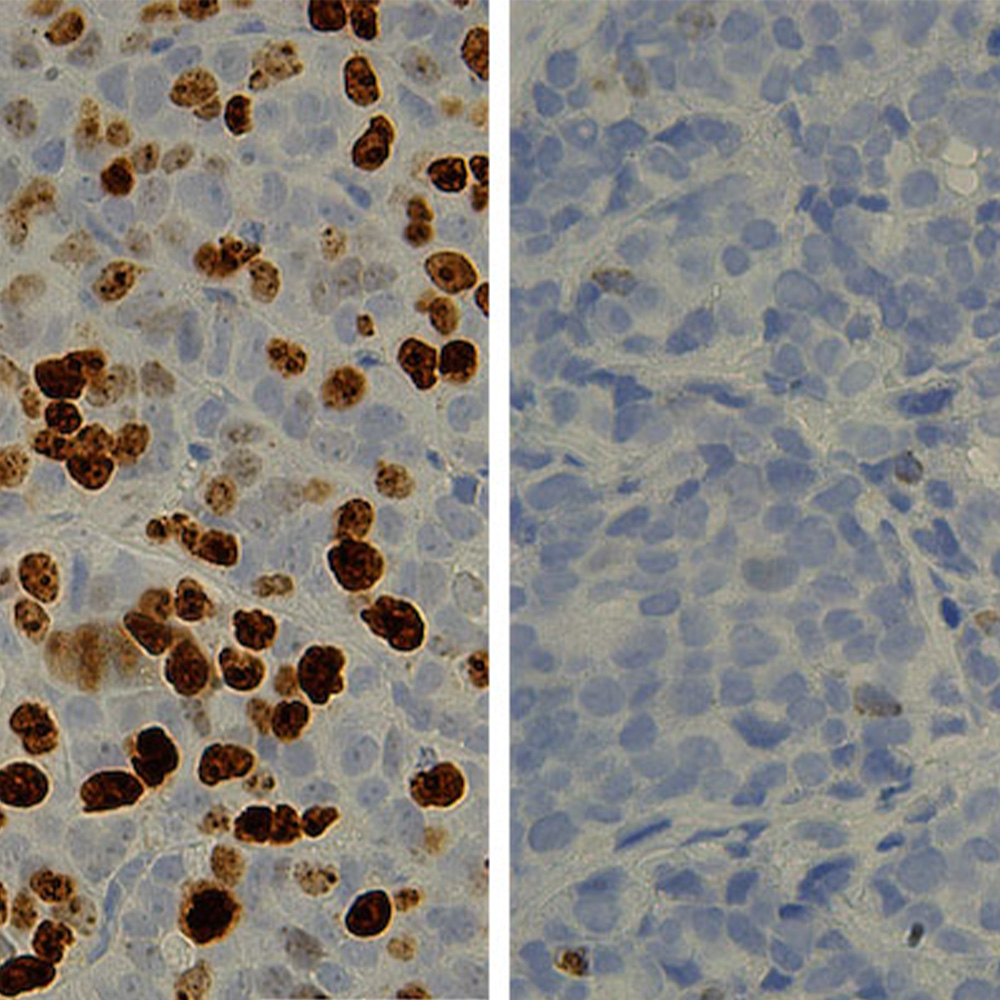Understanding measles

UT Southwestern Medical Center Infectious disease specialist Jeffrey Kahn, M.D., Ph.D., recently discussed the current outbreak of measles. Dr. Kahn is Professor of Pediatrics and Microbiology and Chief of Pediatric Infectious Disease in the Department of Pediatrics at UT Southwestern, holder of the Sarah M. and Charles E. Seay Chair in Pediatric Infectious Diseases, and Division Director of Pediatric Infectious Diseases at Children’s Health℠.
Learn more about the Division of Pediatric Infectious Disease at UT Southwestern.
What is measles?
Measles is an acute viral infection that is typically characterized by high fever, cough, conjunctivitis (redness of the eyes), and rash. The rash typically starts in the head area about 14 days following exposure and then spreads to the rest of the body. Other measles-related complications include ear infection, pneumonia, as well as upper and lower respiratory tract infections. One to 3 of 1,000 children will develop encephalitis (swelling of the brain) and 1 to 3 of 1,000 children will die from measles complications.
Do symptoms vary for adults and children?
Because of the highly effective MMR (Measles, Mumps, and Rubella) vaccine that’s been available since 1963, very few adults contract measles. However, if an adult is infected with measles, the symptoms above can be just as severe as they are in children.
How contagious is it?
Measles is the most contagious infectious disease that we know of. It is transmitted through particles in the air, and is so contagious that if a room of 100 unvaccinated individuals is exposed to measles, more than 90 of them will contract the disease. The incubation period for measles is typically eight to 12 days and can be as long as 21 days. Also, an individual can be contagious for up to four days before any symptoms begin to show.
Who is most at risk for becoming infected with measles?
Children under age 1 are most at risk for developing measles because they are too young to receive the MMR vaccine. Individuals with compromised immune systems – such as chemotherapy patients and transplant patients – may also be at risk for becoming infected because they are ineligible to receive the vaccine or because they have a weakened immune system. The best way to protect those who are vulnerable is to vaccinate their household and anyone they come in close, regular contact with.
What are the most effective preventative measures against measles?
Childhood vaccination is the best protection against measles. Research has shown that one shot of the vaccine is 93 percent effective against the disease, and two doses (original immunization and one booster dose) are 97 percent effective. In fact, the MMR vaccine is one of medicine’s greatest success stories, and measles is considered a vaccine-preventable disease.
What does it mean for a disease to be considered vaccine-preventable?
A vaccine-preventable disease means that if an individual is vaccinated, he or she will be essentially protected for life. Again, research shows that the MMR vaccine is up to 97 percent effective against measles.
Are there any side effects of the MMR vaccine?
Some side effects of the MMR vaccine include fever, rash, irritability, and in rare cases, seizure. However, none of these side effects are long-lasting or result in permanent damage.
What are the risk factors of unvaccinated children to children in schools, day care centers, etc.?
Measles is the most contagious infectious disease we know of. Therefore, unvaccinated children are at high risk for contracting it, and in turn place other unvaccinated individuals at risk. If the child is of age, I strongly encourage parents to get him or her vaccinated.
What does the scientific literature say about the perception that measles is linked to autism?
There is no data that shows a connection between vaccinations and autism. A study published in a 1998 edition of The Lancet which suggested a connection between vaccination and autism has been retracted and disproven.
About UT Southwestern Medical Center
UT Southwestern, one of the premier academic medical centers in the nation, integrates pioneering biomedical research with exceptional clinical care and education. The institution’s faculty includes many distinguished members, including six who have been awarded Nobel Prizes since 1985. Numbering more than 2,700, the faculty is responsible for groundbreaking medical advances and is committed to translating science-driven research quickly to new clinical treatments. UT Southwestern physicians provide medical care in 40 specialties to nearly 91,000 hospitalized patients and oversee more than 2 million outpatient visits a year.
###
To automatically receive news releases from UT Southwestern via email,
subscribe at www.utsouthwestern.edu/receivenews




